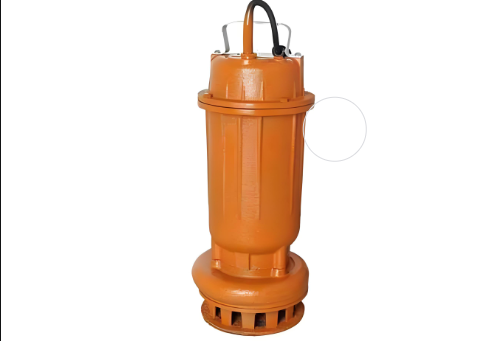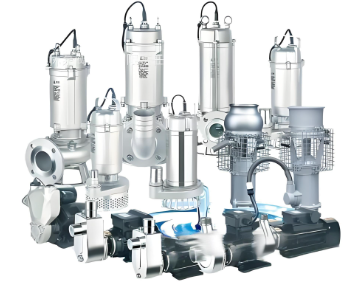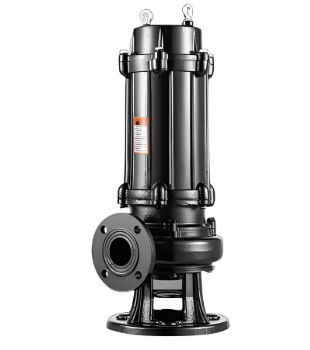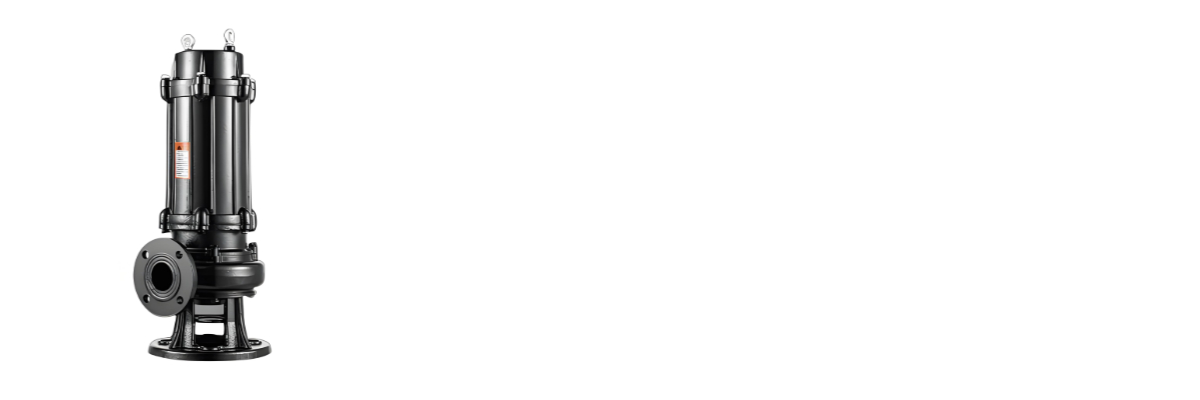Stainless Steel Well Pump
Stable operation
The coaxial design of the motor and pump shaft shortens the length of the rotating parts, reduces the bearing load and prolongs the service life. The sealing structure effectively prevents water from entering the motor, ensuring long-term and stable operation of the equipment.
Strong adaptability
Applicable to a variety of working conditions, including high temperature, low temperature (-20℃~+60℃), corrosive liquids and other scenarios. The motor adopts a dry or semi-dry structure to avoid the problem of traditional wet motors getting wet.
High efficiency
Adopting a centrifugal impeller design, the flow range covers 5~1600m³/h, the head can reach more than 1500m, and the conveying efficiency is better than that of traditional water pumps. Some models are equipped with a tearing mechanism to handle water containing fiber impurities.
As a general-purpose machine, pumps have a wide range of uses. With the development and evolution of water pumps, various types of water pumps have emerged, with various names. The names and classifications of these water pumps in various water pump books are different.
Therefore, it causes trouble for product application and promotion. Generally speaking, water pumps can be divided into:
1. Impeller pumps, such as centrifugal pumps, mixed flow pumps, axial flow pumps, vortex pumps, etc.;
2. Positive displacement pumps, such as plunger pumps, gear pumps, screw pumps, vane pumps, etc.;
3. Other types, such as jet pumps, water hammer pumps, etc.
Among them, vane pumps can be divided into horizontal and vertical types according to the structural form (axis position); according to the working position, they can be divided into submersible pumps and ground pumps.
Slurry pumps, mud pumps, sand (sand) pumps and sand-discharging submersible pumps are all named according to the functional use of water pumps, and are all impurity pumps.
Mechanical structure
The submersible electric pump unit consists of four parts: water pump, submersible motor (including cable), water pipe and control switch. The submersible pump is a single-suction multi-stage vertical centrifugal pump; the submersible motor is a closed water-filled wet, vertical three-phase squirrel cage asynchronous motor, and the motor and the water pump are directly connected through a claw or single-key barrel coupling; it is equipped with three-core cables of different specifications; the starting equipment is an air switch and auto-coupling pressure reducing pneumatic actuator of different capacity levels, the water pipe is made of steel pipes of different diameters, and is connected by flanges, and the high-lift electric pump is controlled by a gate valve.
The upper part of the submersible motor shaft is equipped with a labyrinth sand preventer and two reverse-assembled skeleton oil seals to prevent flowing sand from entering the motor. The submersible motor uses water-lubricated bearings, and the lower part is equipped with a rubber pressure regulating membrane and a pressure regulating spring to form a pressure regulating chamber to adjust the pressure changes caused by temperature; the motor winding is insulated with polyethylene, and the nylon-sheathed water-resistant electromagnetic wire is used. The cable connection method is based on the cable joint process. The joint insulation is removed and the paint layer is scraped off, and they are connected separately, welded firmly, and wrapped with a layer of raw rubber. Wrap it with 2-3 layers of waterproof adhesive tape, and wrap it with 2-3 layers of waterproof tape or glue it with a layer of rubber (bicycle tire) to prevent water seepage.
Each stage of the submersible pump has a rubber bearing in the guide shell; the impeller is fixed to the pump shaft with a conical sleeve; the guide shell is connected by threads or bolts. A check valve is installed on the top of the high-lift submersible pump to prevent the unit from being damaged by water hammer during shutdown. The motor is sealed with precision stop bolts and the cable outlet is sealed with a rubber pad. There is a water injection hole at the top of the motor, a vent hole, and a drain hole at the bottom. The lower part of the motor is equipped with upper and lower thrust bearings, which have grooves for cooling, and the stainless steel thrust plate that grinds against it bears the upper and lower axial forces of the water pump.









